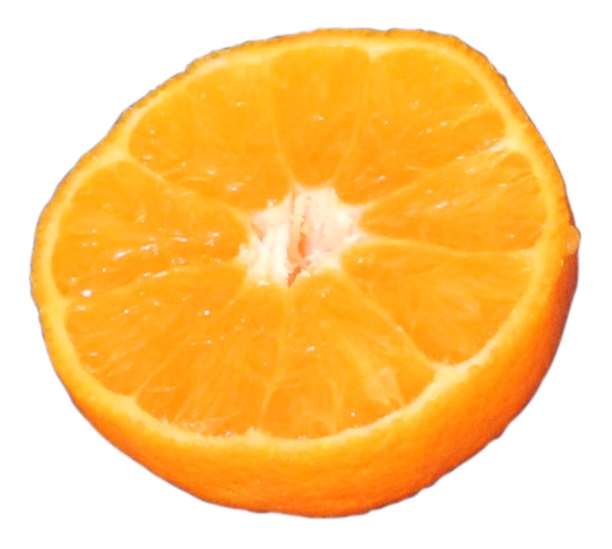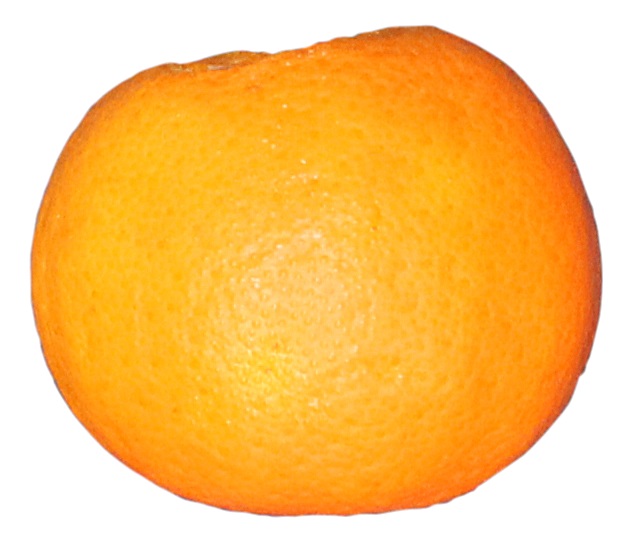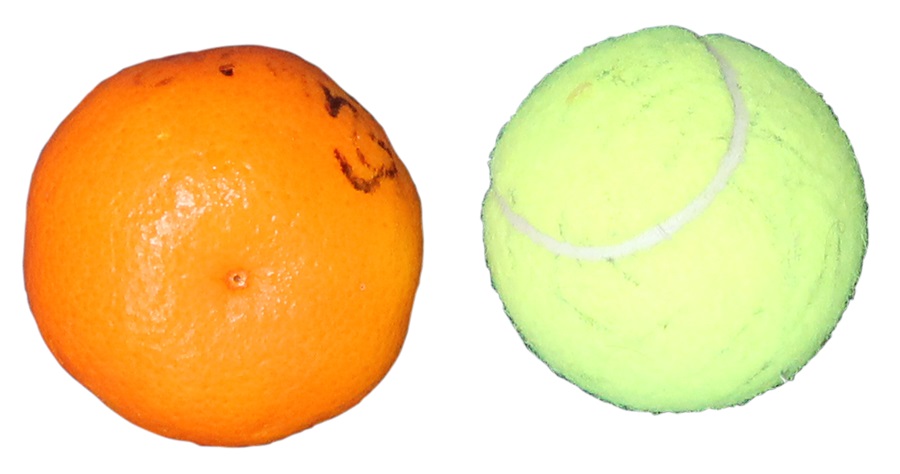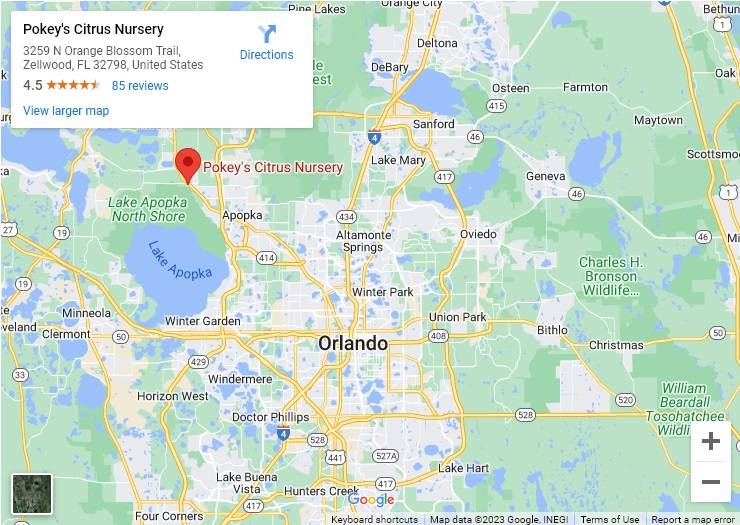This golden gem was first developed in Orlando in the 1940s and it’s still going strong, thanks to our local home gardeners.
The Page orange is actually a cross between a Minneola tangelo and a Clementine. Despite its pedigree, the result is a delicious and versatile orange. Commercial growers once harbored high hopes for the Page, because of its sweet taste, beautiful, uniform color and enthusiastic production. While the fruit has proved to be too small to be commercially viable, these oranges are just right for Orlando home gardens.
Page orange trees are upright growers and have slightly irregular, somewhat open, rounded crowns. Mature trees are truly a sight to see when in fruit, studded as they are with dozens of small, perfectly round oranges. Page oranges have few thorns, and like all citrus, the Page is an evergreen and retains its glossy green foliage year-round. The heavy fruit set typical of the Page means that the flowers are very abundant, creating an impressive floral display. The oranges themselves are rather small, averaging around three inches in diameter, very symmetrical and usually uniform in size. The reddish-orange rind releases smoothly for easy peeling and the interior flesh is bright orange, sometimes tinged with red. The smaller size of the Page orange makes it an ideal addition to children’s lunchboxes and the abundance of the fruit and sweet flavor makes it a favorite for juicing. Fruit usually ripens for harvest beginning in October through December and can linger as long as February or March.
Page oranges are fast growers that love plenty of sun and soil with good drainage. Water young trees regularly after planting and sparingly thereafter. Selective pruning can be used to shape the trees or stimulate new growth. Page orange trees are somewhat susceptible to scab disease but regular treatment with fungicide sprays can prevent or treat this problem. The branches may droop beneath heavy fruit loads. Pick oranges promptly to avoid breakage. Planting alongside other citrus pollinators increases fruit yields.
Small in size but big in flavor, the Page orange is an asset in any Orlando garden.




